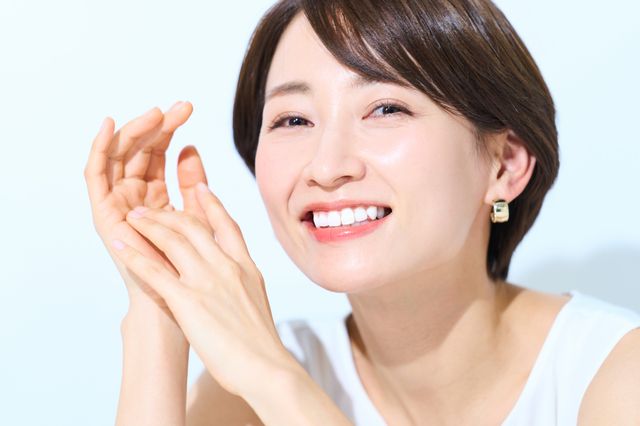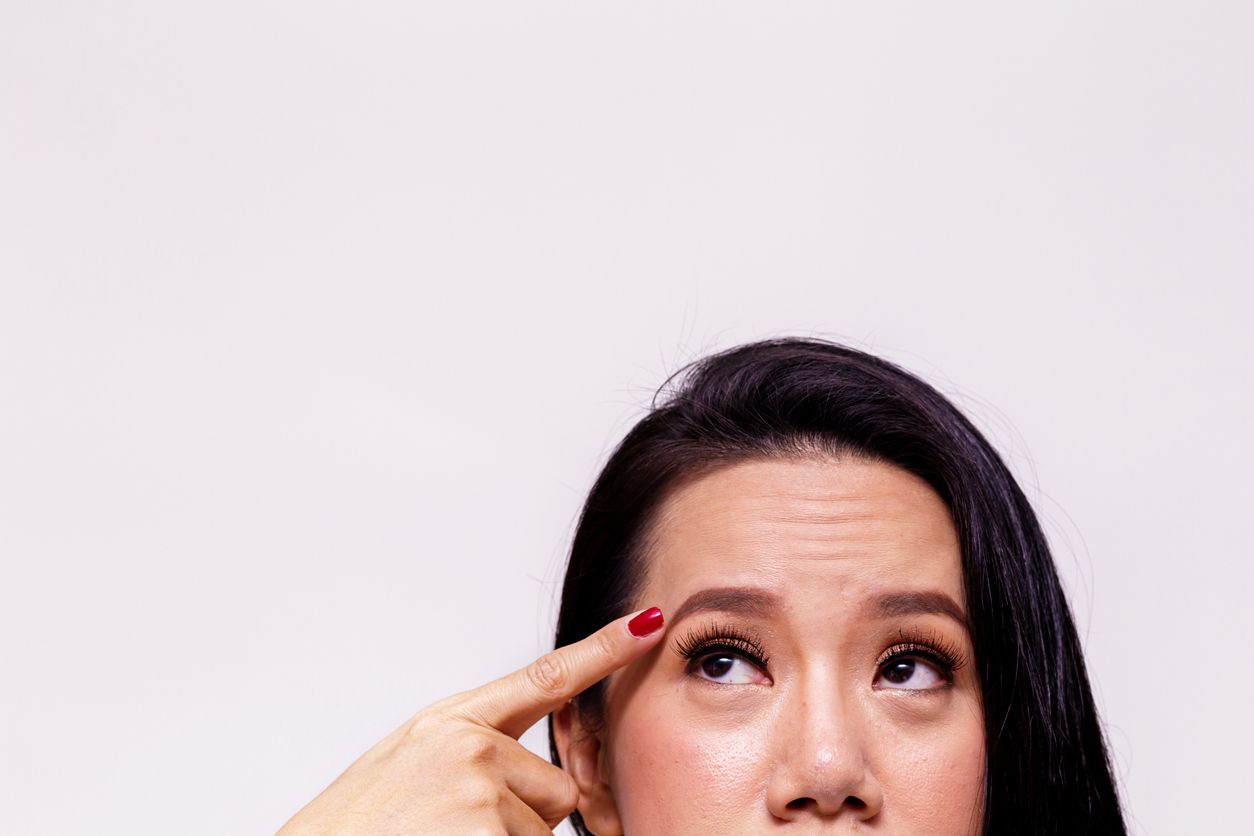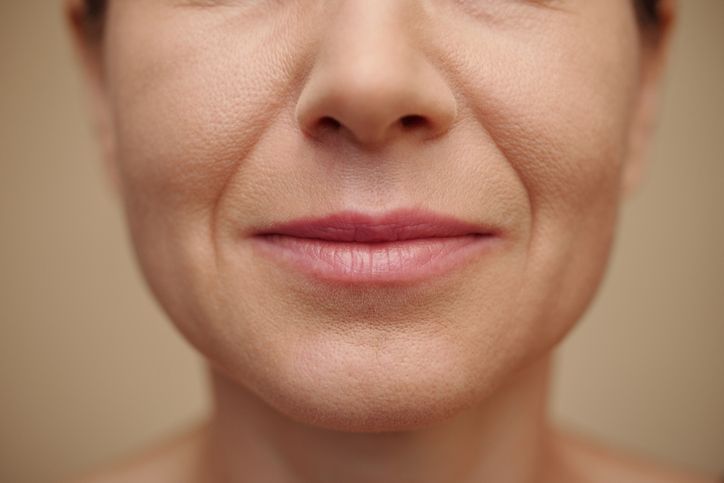- Home
- Trend
- Weight Loss Strategies
- Acne Tips
- Hair Health Information
- Blemish Removal Tips
- Acne Scar Removal Tips
- Muscle Building Techniques
- Intimate Care Tips
- Postpartum Intimate Care
- Eye Bags Wiki
- Tips for Face Slimming
- Secret of Permanent Hair Removal
- Breast Enlargement Tips
- Cure to Snoring
- Marionette Lines
- Skin-Tightening Secrets

免費體驗
A3 Laser Hair Removal Treatment
1 Minute Self-Registration
Date should not be before minimal date
Pubic hair removal has been a common practice for centuries, and it continues to be a personal preference for many individuals. Whether you're looking for a sleeker appearance, want to reduce discomfort, or simply prefer the aesthetic, there are various methods available to help you achieve your desired results. There are actually different techniques for pubic hair removal, read on to know the benefits and drawbacks, as well as common concerns such as ingrown hairs and skin irritation, and provide tips for a successful and pain-free experience!
1
Shy to Remove Pubic Hair? It's Just Another Bunch of Body Hairs
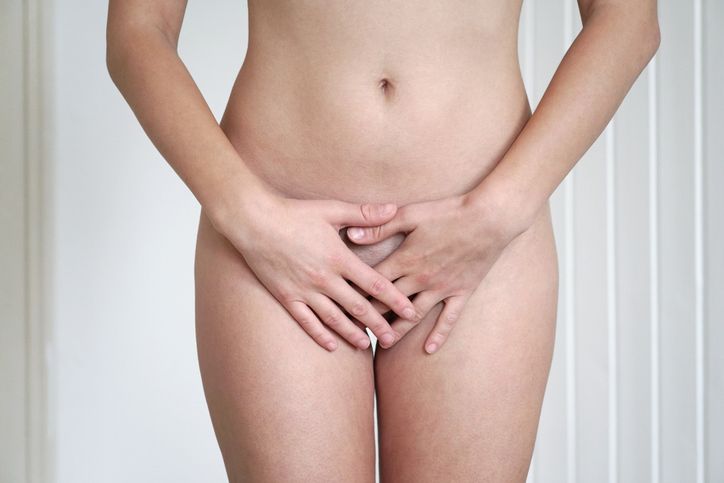
1. Location
2. Texture
3. Function
4. Growth pattern
5. Hormonal sensitivity
2
Common Pubic Hair Removal Methods
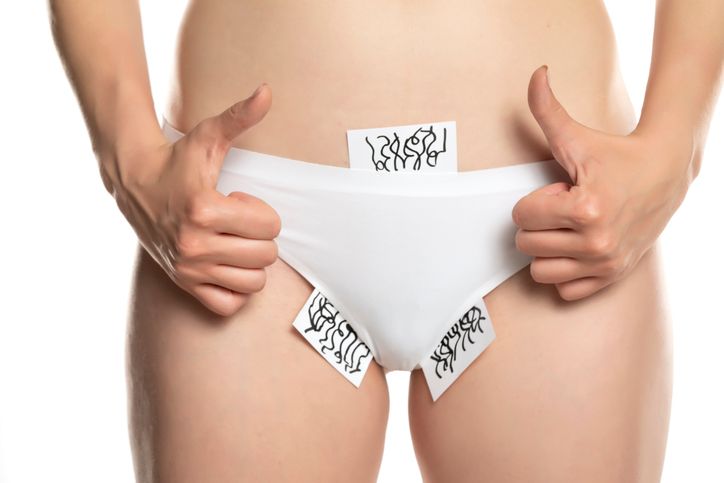
Shaving
Waxing
Hair removal creams
Laser hair removal
- The Hidden Cost of Convenience: 6 Side Effects of Hair Removal Cream
- Waxing vs Shaving Body Hair: Comparison of Hair Removal Methods For Flawless Skin
- Does Intimate Hair Removal Bring Couples Closer? 63% of Men Prefer Their Partner Trimmed — The One Best Way to Do It
- What’s The Difference Between V-Line And I-Line Bikini Hair Removal? Did You Know It Can Help Prevent Certain Infections?
3
Tips for a Smooth Experience When You Are Dealing with Pubic Area
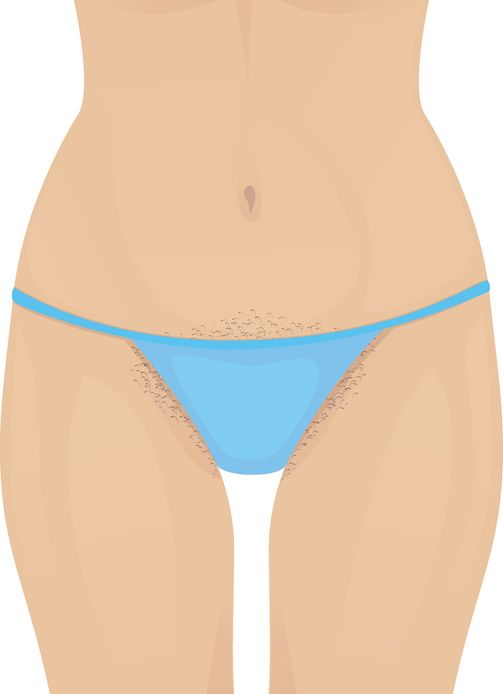
Direction of hair growth
Skin care
Exfoliation techniques
Hydration is key
4
Having Sensitive Skin? Remember to Do These So You Can Avoid Skin Irritation
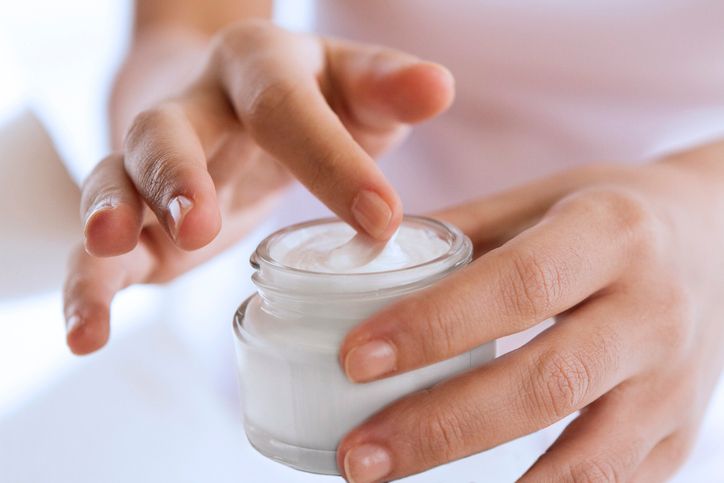
Sensitive Skin Products
Allergic Reaction Management

免費體驗
A3 Laser Hair Removal Treatment
1 Minute Self-Registration
Date should not be before minimal date
5
Some Hiccups Happened! The Common Concerns and How to Address Them
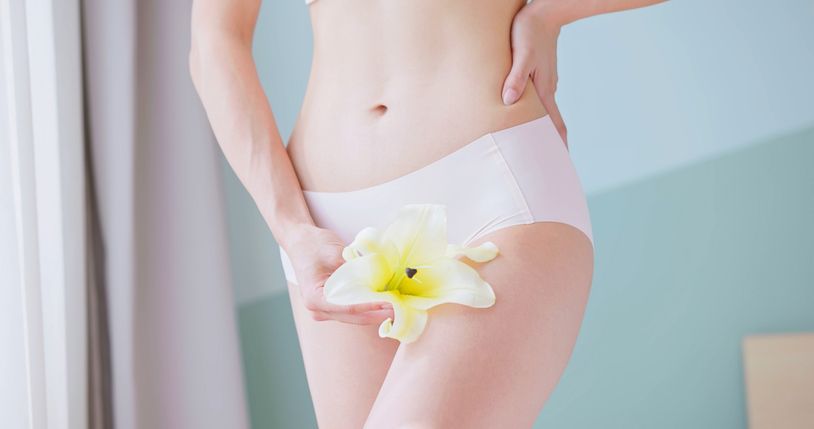
Ingrown Hairs
Razor burn
Skin discoloration
Allergic reactions
6
Summary


免費體驗
A3 Laser Hair Removal Treatment
1 Minute Self-Registration
Date should not be before minimal date
FAQ

1. Is pubic hair removal safe?
Pubic hair removal can be considered safe, provided that it is done correctly and with the appropriate products. Safety largely depends on adhering to proper techniques, taking into account your individual skin type, and being vigilant about potential allergic reactions.
2. Which pubic hair removal method is the most pain-free?
Among various pubic hair removal methods, hair removal creams are generally known for being less painful. However, the level of pain experienced can vary from person to person due to individual sensitivity and the specific hair removal product used. It's advisable to do a patch test before applying the cream to a larger area to check for any adverse reactions.
3. How long does hair stay gone after using hair removal creams?
The results of hair removal creams are temporary and typically last for a few days to a week, depending on your hair's natural growth rate. Unlike some other methods like waxing or laser hair removal, hair removal creams do not provide long-term hair reduction or removal. They work by dissolving the hair at or just below the skin's surface, so regrowth occurs over time.
4. Are there any risks associated with laser hair removal?
Laser hair removal, when performed by a qualified and trained professional, is generally considered safe. However, as with any medical or cosmetic procedure, there are potential risks to be aware of. These risks may include skin damage, pigmentation changes, and, in rare cases, infection. It is crucial to choose a reputable and certified practitioner who uses suitable equipment and follows proper safety protocols to minimise these risks!
5. Can you reduce the pain associated with waxing?
To alleviate the discomfort associated with waxing, you can consider taking an over-the-counter pain reliever, such as ibuprofen or acetaminophen, about 30 minutes before the procedure. This can help reduce pain and make the waxing experience more comfortable. Additionally, using high-quality wax and ensuring the wax is heated to the right temperature, along with proper aftercare, can help minimise pain and reduce the risk of irritation or ingrown hairs.






